New research based solely on simulations shows how habitable worlds could have formed before any galaxies formed.
This artist’s impression shows the planet K2-18b, it’s host star and an accompanying planet in this system. K2-18b is now the only super-Earth exoplanet known to host both water and temperatures that could support life. Could habitable worlds like this have formed before galaxies formed? Image Credit: ESA/Hubble, M. Kornmesser
The research hinges on primordial supernovae, the first stars in the Universe to explode. These massive stars lived fast and died young in cataclysmic explosions. They peaked at about redshift 20 when population III stars, which were extremely massive, exploded as. Simulations show that these stars formed in dark matter haloes where the temperature allowed large amounts of molecular hydrogen to gather.
Here’s where this study differs from previous ones. Since the PI supernova explodes and creates high-metallicity gas, the gas cools more quickly. That allows the next star to form sooner, and hence, planetesimals and planets. The remarkable part is that this could’ve happened before the first galaxies formed. If true, it would change our understanding of the Universe and of life. However, this is just one simulation. How could observations support it?
United States Latest News, United States Headlines
Similar News:You can also read news stories similar to this one that we have collected from other news sources.
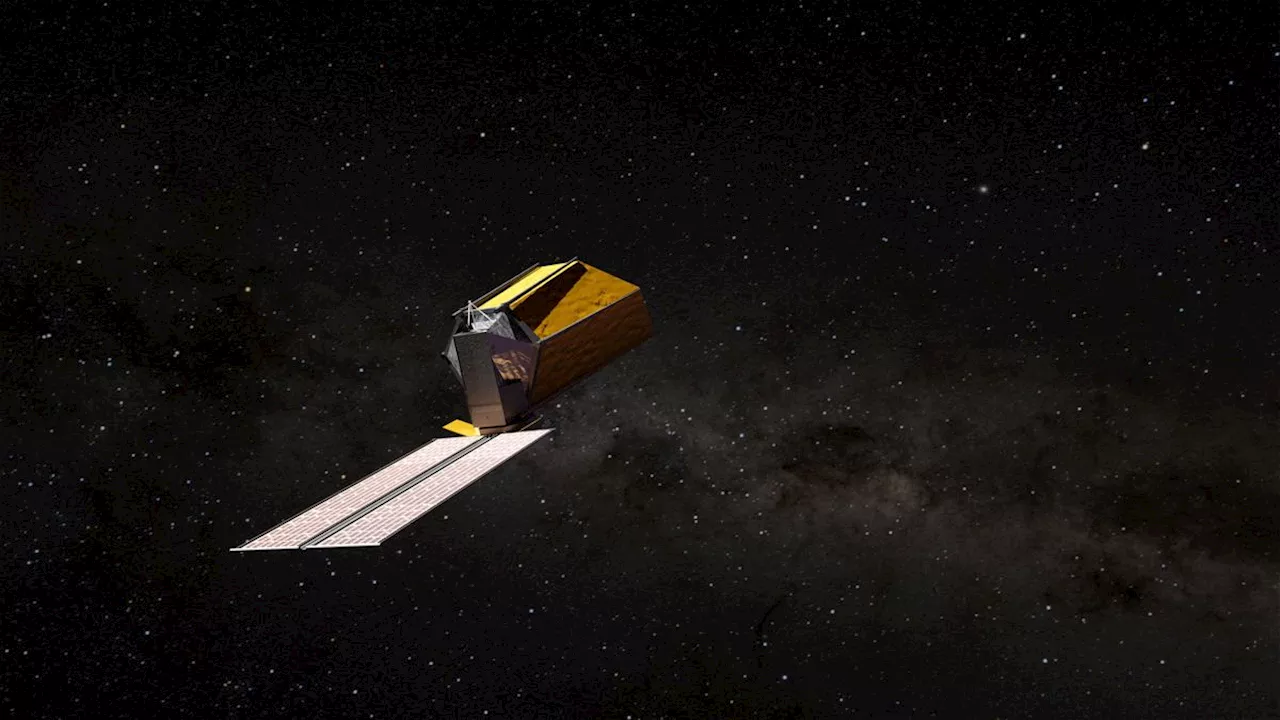 NASA's Habitable Worlds Observatory: A Quest to Find Life Beyond EarthNASA is developing a powerful new space telescope called the Habitable Worlds Observatory (HWO), designed to search for signs of life on distant planets. The observatory will be equipped with cutting-edge technology, including a super-sensitive coronagraph, to detect Earth-sized planets orbiting other stars. Scientists hope that HWO will launch between 2030 and 2040 and will revolutionize our understanding of the prevalence of life in the universe.
NASA's Habitable Worlds Observatory: A Quest to Find Life Beyond EarthNASA is developing a powerful new space telescope called the Habitable Worlds Observatory (HWO), designed to search for signs of life on distant planets. The observatory will be equipped with cutting-edge technology, including a super-sensitive coronagraph, to detect Earth-sized planets orbiting other stars. Scientists hope that HWO will launch between 2030 and 2040 and will revolutionize our understanding of the prevalence of life in the universe.
Read more »
 Wolf 359's Radiation: A Challenge for Habitable PlanetsA new study using NASA's Chandra X-ray Observatory and ESA's XMM-Newton reveals that the close-by red dwarf star Wolf 359 emits intense X-rays and ultraviolet radiation, posing a significant threat to the habitability of planets orbiting it. The research highlights the importance of greenhouse gases and distance from the star for sustaining life.
Wolf 359's Radiation: A Challenge for Habitable PlanetsA new study using NASA's Chandra X-ray Observatory and ESA's XMM-Newton reveals that the close-by red dwarf star Wolf 359 emits intense X-rays and ultraviolet radiation, posing a significant threat to the habitability of planets orbiting it. The research highlights the importance of greenhouse gases and distance from the star for sustaining life.
Read more »
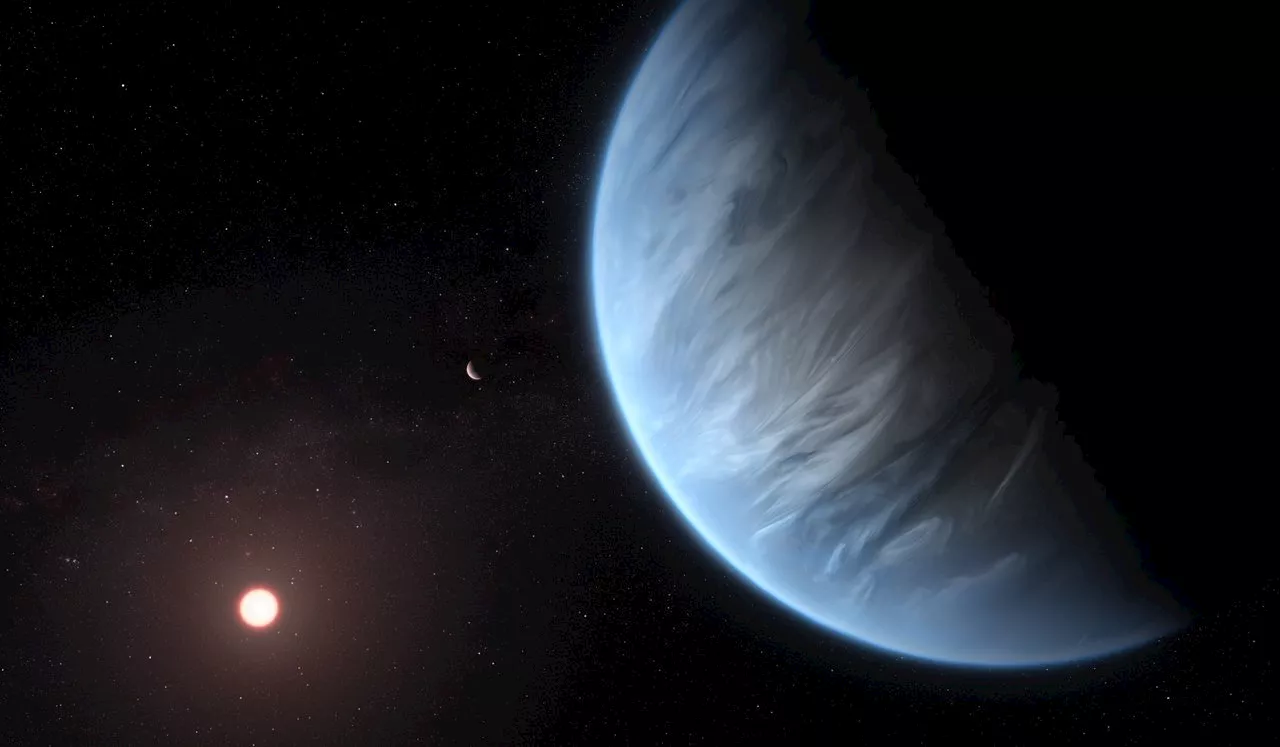 Could Habitable Planets Have Formed Before Galaxies?New research suggests that habitable worlds could have formed in the early stages of the Universe, even before the first galaxies formed. This idea challenges the long-held belief that galaxies came first. The research hinges on the existence of primordial supernovae, the first stars in the Universe to explode. These massive stars would have created conditions that allowed for the formation of low-mass stars and, eventually, planetesimals and planets.
Could Habitable Planets Have Formed Before Galaxies?New research suggests that habitable worlds could have formed in the early stages of the Universe, even before the first galaxies formed. This idea challenges the long-held belief that galaxies came first. The research hinges on the existence of primordial supernovae, the first stars in the Universe to explode. These massive stars would have created conditions that allowed for the formation of low-mass stars and, eventually, planetesimals and planets.
Read more »
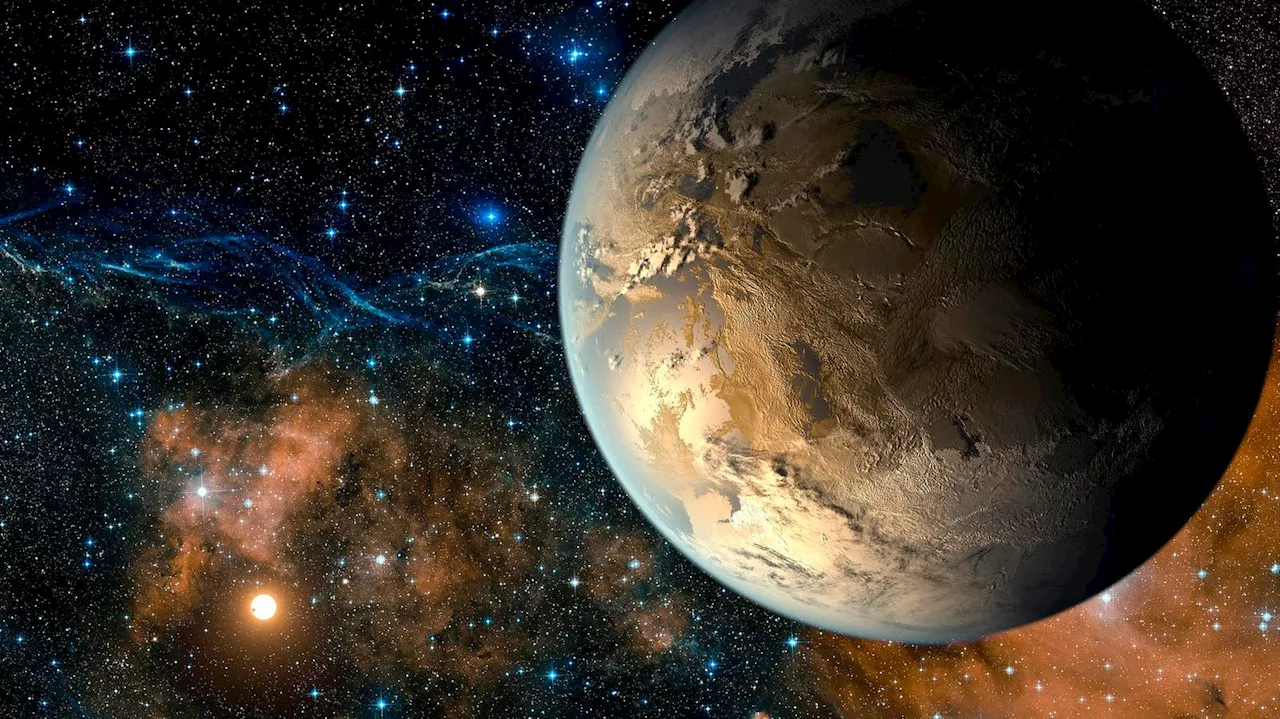 How Life Itself Could Extend The Habitability Of Some Venus-Like ExoplanetsPlanets on the inner edge of extrasolar habitable zones could be habitable for a couple of billion years longer than previously thought.
How Life Itself Could Extend The Habitability Of Some Venus-Like ExoplanetsPlanets on the inner edge of extrasolar habitable zones could be habitable for a couple of billion years longer than previously thought.
Read more »
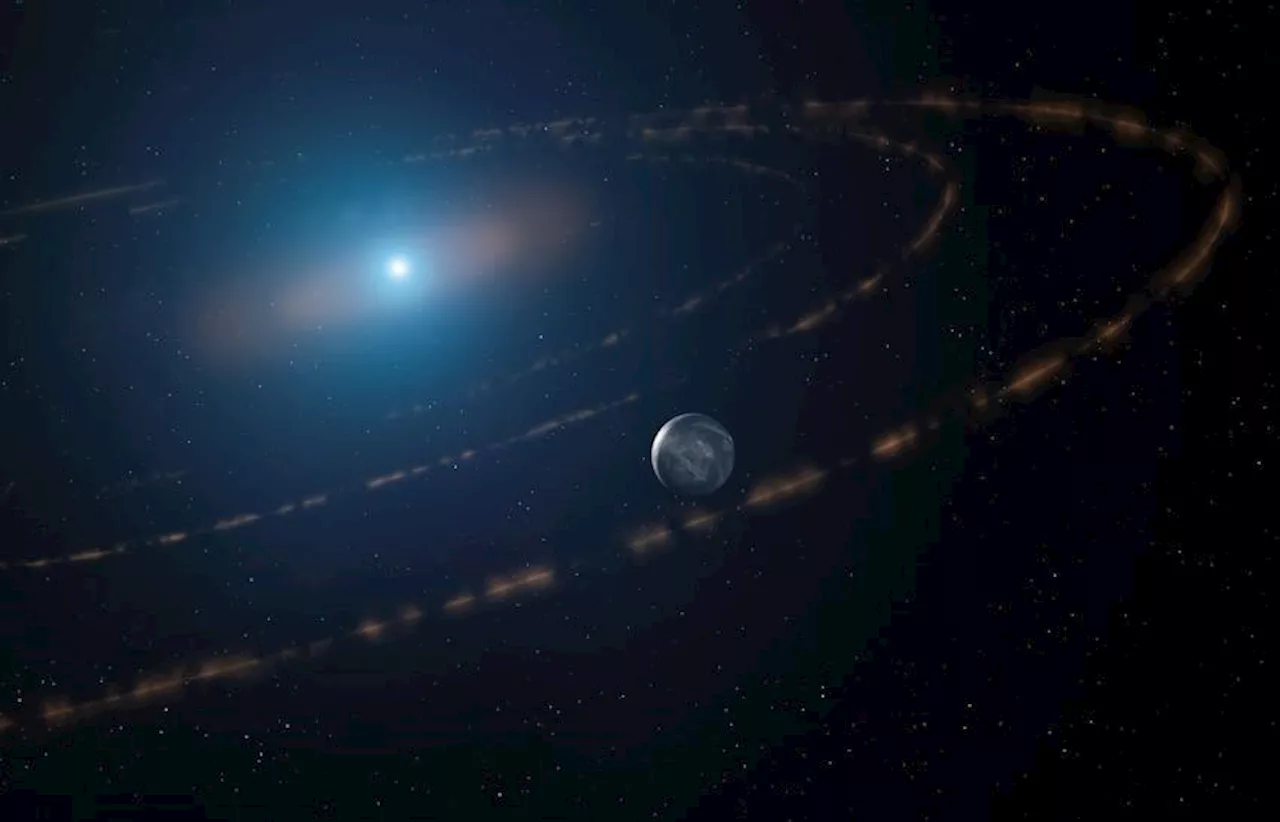 Could Life Exist on Planets Orbiting White Dwarfs?A new study explores the possibility of habitable worlds orbiting white dwarfs, considering the challenges of planetary water retention and orbital migration during a star's evolution.
Could Life Exist on Planets Orbiting White Dwarfs?A new study explores the possibility of habitable worlds orbiting white dwarfs, considering the challenges of planetary water retention and orbital migration during a star's evolution.
Read more »
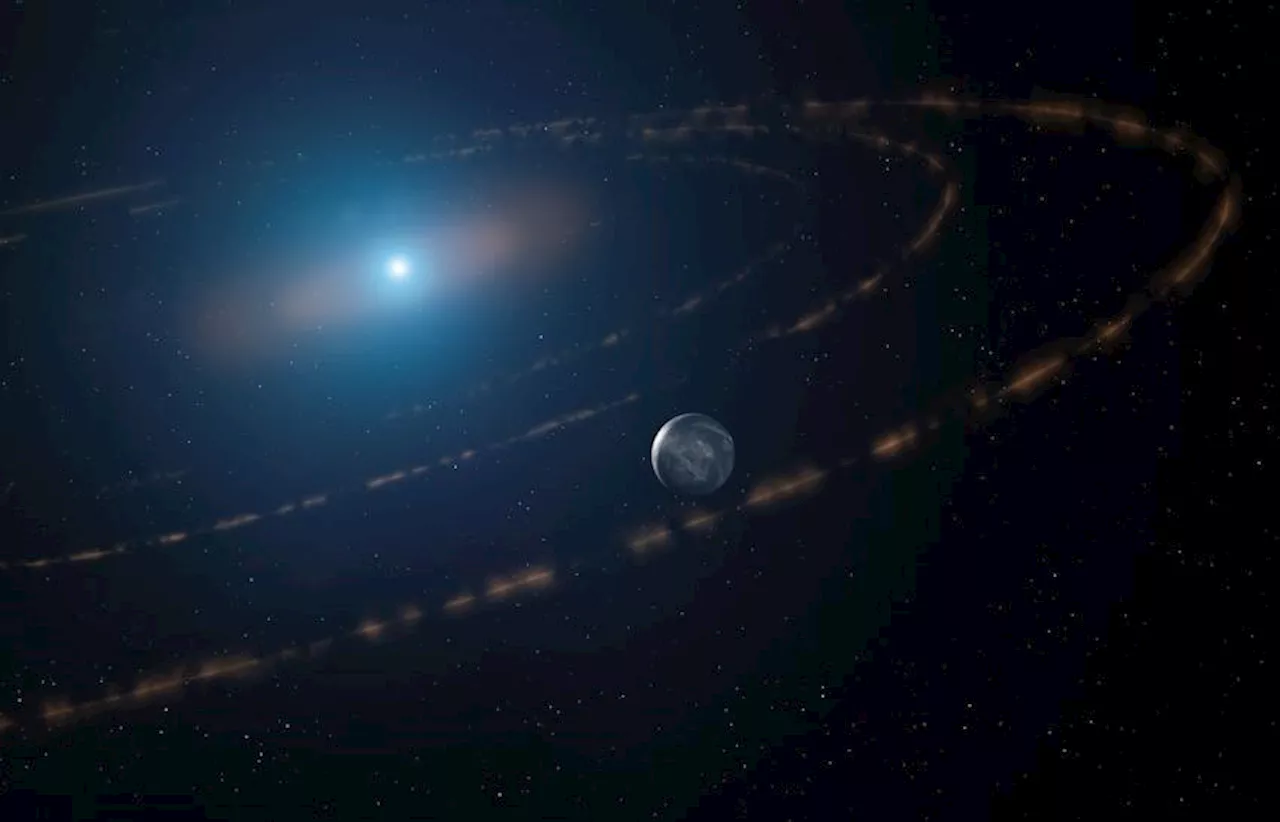 Could Life Survive Around a White Dwarf?A new study explores the possibility of habitable worlds orbiting white dwarf stars, considering the challenges of planetary survival during a star's evolution.
Could Life Survive Around a White Dwarf?A new study explores the possibility of habitable worlds orbiting white dwarf stars, considering the challenges of planetary survival during a star's evolution.
Read more »
